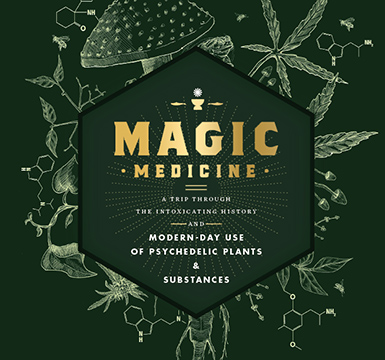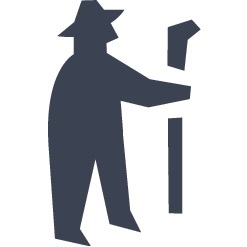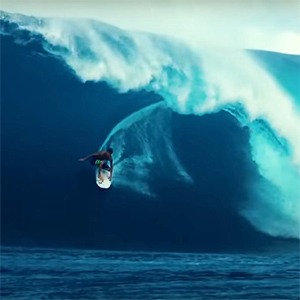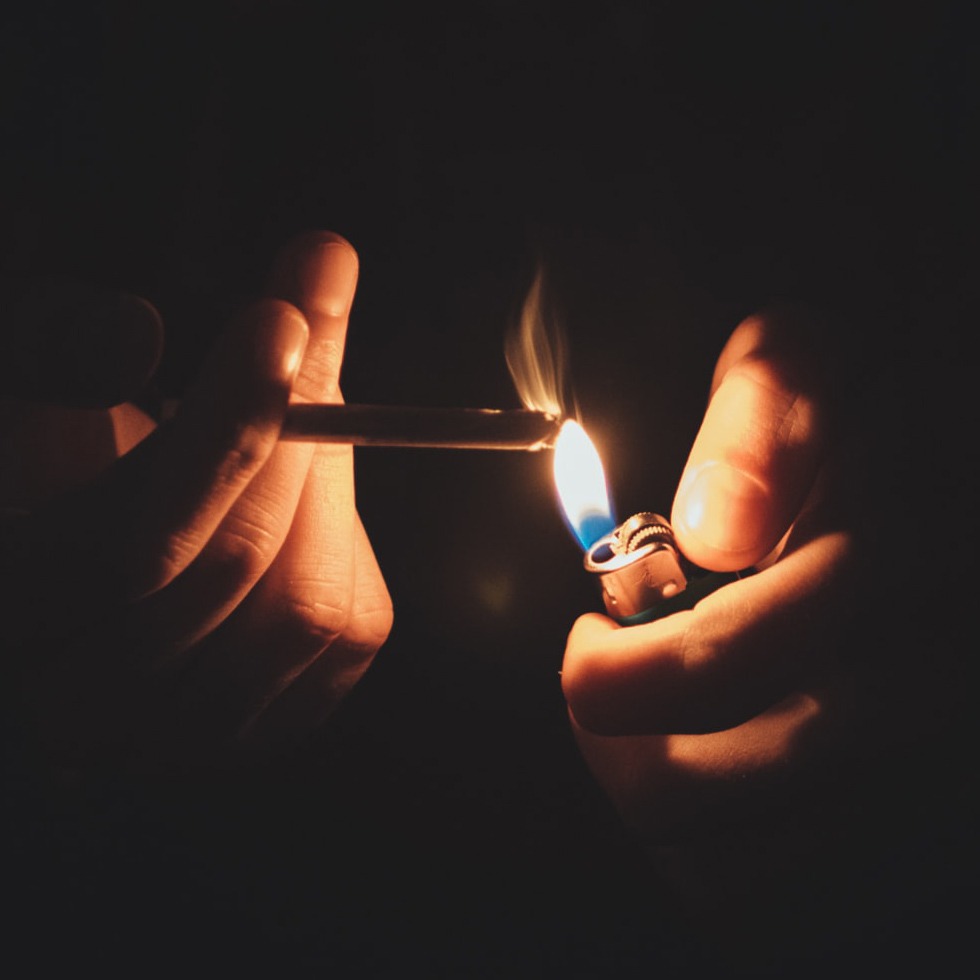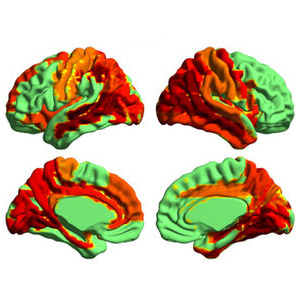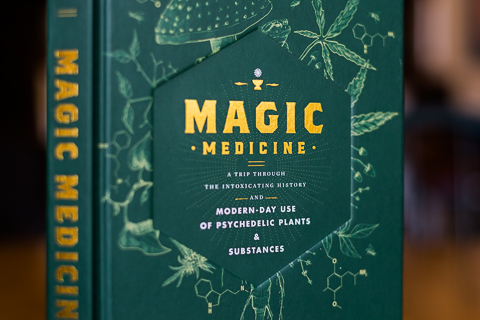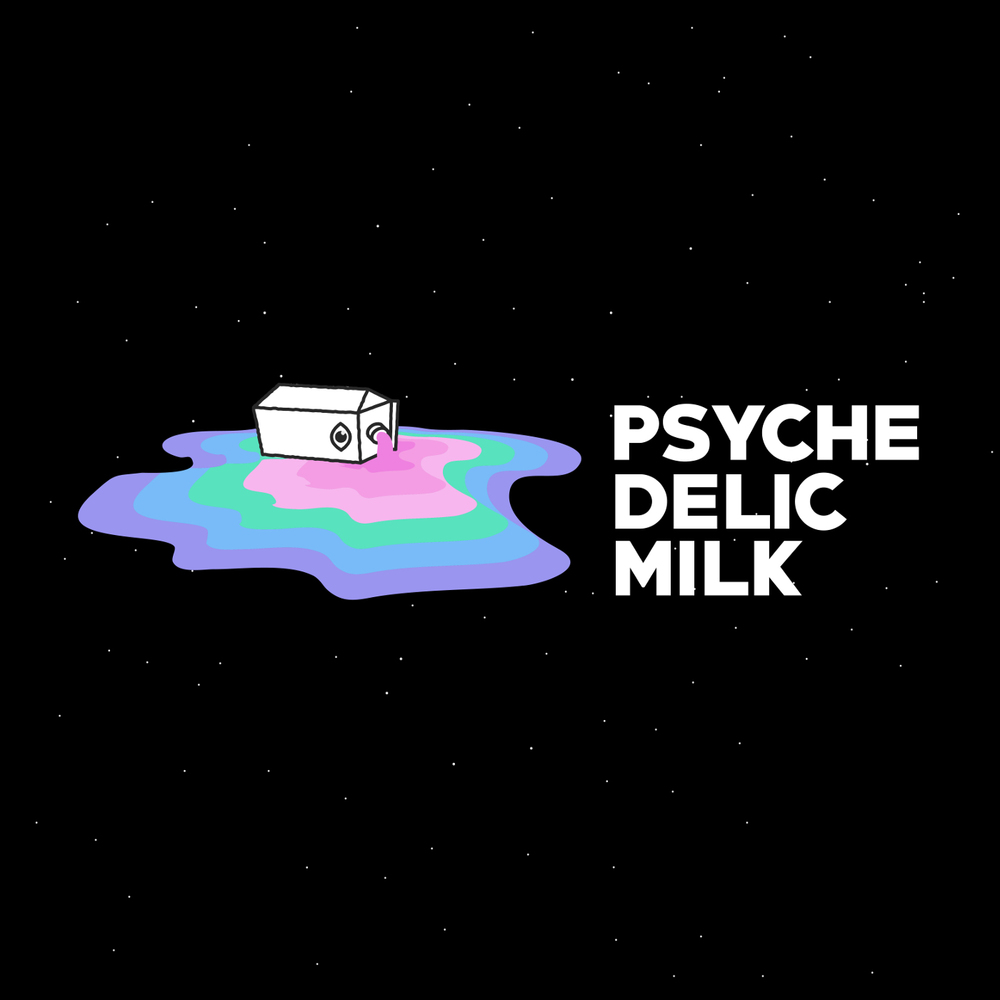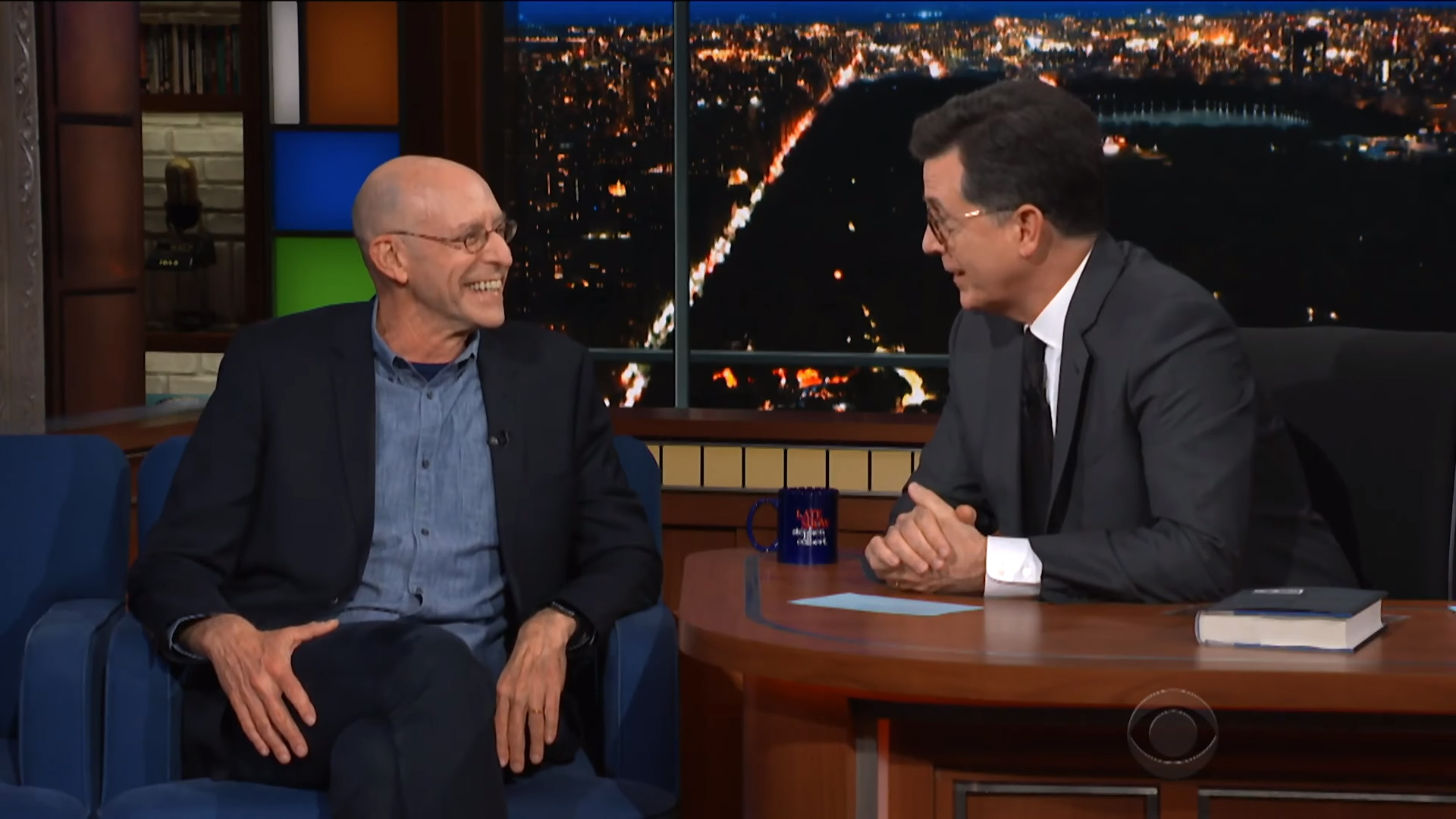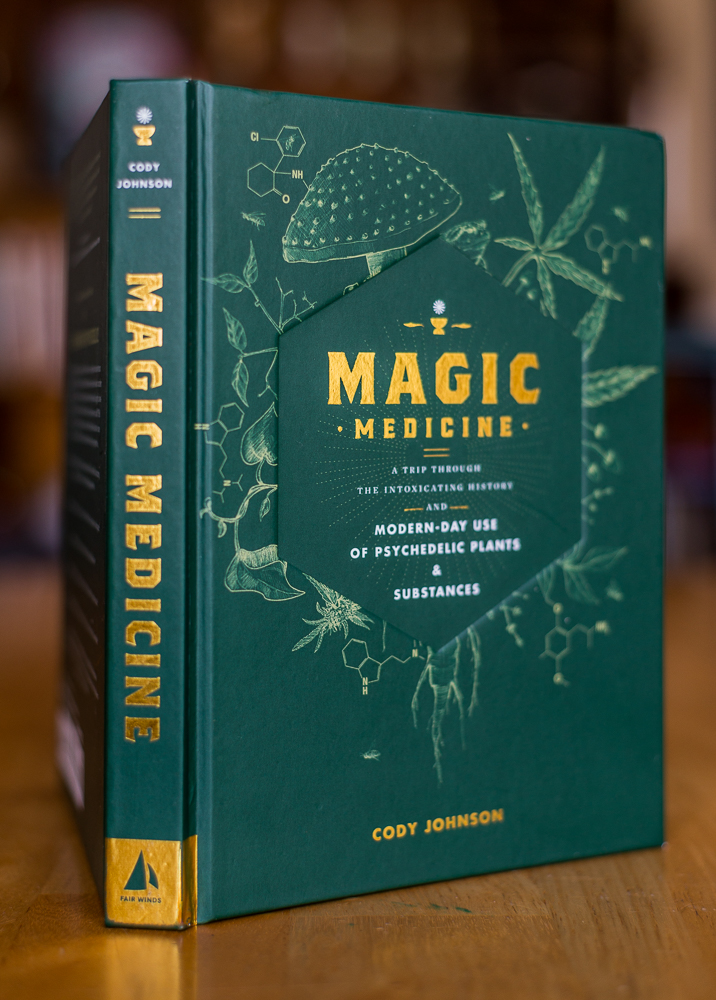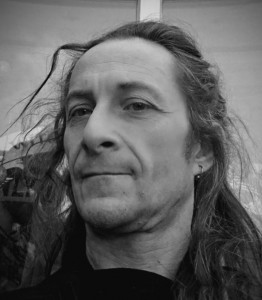
Author Julian Vayne
Julian Vayne is the author of Getting Higher: The Manual of Psychedelic Ceremony — a guide for exploring the use of psychedelic substances in the contexts of spirituality, self-transformation and magic. It’s out now, via the incredible independent publisher, Psychedelic Press UK.
I caught up with Julian about why, exactly, psychedelic explorers would want to get even higher, and what it means to be a warlock in the information age.
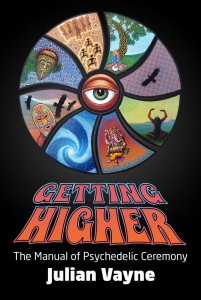 Hi Julian, thanks very much for joining me. I know I’m not supposed to judge a book by its cover, but I have to say Getting Higher looks fascinating.
Hi Julian, thanks very much for joining me. I know I’m not supposed to judge a book by its cover, but I have to say Getting Higher looks fascinating.
You’re a self-described “occultist.” What exactly does that mean? How do you practice magic in the modern era?
An occultist is someone that is interested in the Mystery, the limits of human experience, extra-ordinary experiences and states of awareness. These days ‘the occult’ includes areas that now we think of as psychology, things like hypnosis or the placebo effect and some of the approaches in my work could be described as psychological. Others techniques are drawn from explicitly esoteric or religious fields. For me the practice of magic in the modern era looks like employing methods to change awareness and direct it in particular ways using a blend of ancient and modern methods. It also means using these techniques without necessarily subscribing to one fixed view of what is going on. This is particularly the case with the style of magic called ‘chaos magic’ which was developed in the late 20th century. This style of occultist focused on experiment and results rather than ideas like ‘occult laws’ or complex cosmologies. It’s about experience and exploration rather than a priori beliefs about these mysterious regions of human experience.
I must admit I have never given much thought the intersection of psychedelia and the occult. How does your deep interest in magic affect your approach to psychedelic journeying? And conversely, how have your psychedelic experiences influenced or changed your view of the occult arts?
Magic – whether we call is shamanism, Druidry or witchcraft (in either its archaic or modern revivalist forms) is closely related to the use of psychedelics. You only have to look a little at the modern magical revival in the late 1800s to discover that people such as Aleister Crowley and W.B.Yeats (both members of the Hermetic Order of the Golden Dawn) were exploring hashish and mescaline. Psychedelics reveal hidden things in our minds and the universe, they break down boundaries and allow us to engage with the imaginal world, magic aims at much the same results. It’s also the case that magic is rooted in the idea that ‘all things are connected’ or ‘As Above, So Below’ and psychedelics provide a direct experience of this magical axiom. It was in part the use of psychoactive substances in these many occult traditions that inspired me to try them in the first place.
[pullquotecenter]I’d rather be flying with the witches, joyfully cackling as we get high than spend my time mumbling catechisms in cold churches.[/pullquotecenter]
I got into magic way before I tried psychedelics but once I had I realised that these substances were the most powerful allies for changing awareness. It was some years before I began combining occult ritual and other practices with psychedelics and found that this combination worked for me. Much of the practice I do (yoga, meditation, breathwork etc) doesn’t necessarily include psychedelic drugs but through personal experiment and working with people with ancient lineages in psychedelic use, I’ve learnt about the ways for holding these spaces. I’ve taken these insights and I hope successfully shared them in Getting Higher.
My own practice has changed in that the kind of ceremony I do now tends to look more ‘shamanic’, less emphasis on complex paraphernalia and ritual process. However I when doing ceremony in a non-entheogenic setting I’m still happy to use the methods I learnt in my work in Wicca and other styles of occultism. It’s about using the right approach depending on the situation. I like to think my work with psychedelics has helped me be more direct, more openhearted and more sensitive, especially in group settings.
In Europe, witches were historically associated with “hexing herbs” like mandrake, belladonna, and henbane. Do you see yourself as continuing a long tradition of combining drugs and magic? (Not to mention horrifying the uptight authorities of all eras, who condemn both pursuits as demonic.)
Although a lot of modern stuff is written about the use of plants like henbane, belladonna etc in context of witchcraft the significance of those substances in the early modern witch trials is rather less than popular culture tends to suggest. Most witches were simply the unwitting scapegoats of social situations that turned nasty and not members of any kind of underground movement. That said, yes there is a lineage of practice here in some respects. The witch uses poisons, drugs, medicines and those things in various times and places have certainly been looked on with suspicion by mainstream culture. It’s also the case that, especially in modern modern times, the witch has become the icon of freedom, particularly freedom for women or more broadly ‘the feminine’. In some senses the act of taking drugs into ones body to change awareness is a feminine, rebellious and self-empowering act and an act that stands against the masculinist fixed-reality of the status quo and ‘normal’ consciousness. In that sense there is certainly a poetic or cultural relationship between witchcraft and sacred drug use.
There is value in microdosing and sometimes in abstinence. The intelligent psychonaut does not confuse quality with quantity.
There is also the point having fun. In Getting Higher I emphasise the idea that the ‘spiritual’ to be authentic does not have to be boring. In (post) Protestant cultures we are still living in the shadow of the dour opinion that religion and joy don’r really mix, and certainly not ecstasy. It’s rather like how people sometimes argue that people who want to legalize cannabis for say medical reasons, are really agitating for change because they (secretly) enjoy smoking cannabis. My answer to that is ‘yes! and what’s wrong with pleasure?’ Allowing for all the obvious stuff about not getting your kicks to the direct detriment of others I believe that re-creation, pleasure, joy, fun, langhter – all these things nurture our spirits and make us better people. I’d rather be flying with the witches, joyfully cackling as we get high than spend my time mumbling catechisms in cold churches because I’ve been that told this is good for my soul.
Why “Getting Higher”? Why not just take a bigger dose?
The methods presented in Getting Higher are designed to help people get more out of their psychedelic experiences. Some of these are complete entheogenic ceremonies, others are little ‘neurohacks’ that a psychonaut might simply drop into a psychedelic experience. When we eat we do so out of hunger but the quality of the experience is framed by where we eat, with whom and how the food is presented. It’s the same with psychedelics – the frame that we put around our experience is very important. Western culture learned to frame the LSD experience by creating the music festival. With MDMA we invented the rave. In order to make our psychedelic experiences medicine for ourselves and our community it’s not just the case of recommending 5 grams of mushrooms in silent darkness (although for some people, some of the time that could be a valuable experience). We can use psychedelics with other people the way the Native American peyote circle does for example and ‘the medicine’ comes not only from the peyote but from the experience of sitting together with the drum, with prayers, with singing and chanting – the ceremony as a whole is the medicine.
There is value in using psychedelics at lower dose when we go walking in nature, or in art galleries and museums. There is value in microdosing and sometimes in abstinence. Simply taking more drugs smacks of a consumerist mindset where more=better. Like it says in Getting Higher ‘the intelligent psychonaut does not confuse quality with quantity’.
Who’s the ideal audience for your book? Do you have to be spiritually minded to learn something from your approach?
In the first pages of Getting Higher I explore the many, often overlapping reasons that people take psychedelics. These could be anything from trying to get personal psychological insights, a simple desire to explore, a wish to transform or heal some aspect of themselves or to maybe get a taste of how it may feel to die. You don’t need to ‘be spiritual’ to get something out of the psychedelic experience or indeed the techniques described in Getting Higher. All the reader needs is curiosity and an appreciation of the wonder of their own neurochemistry.
I hope the book will be useful to people who are new to psychedelics, who may benefit from an understanding of how set and setting change the way that the substance they are using will affect them. They can then use the methods they have learned to explore more safely and in ways that will support whatever their intention is. I’m hopeful that experienced psychonauts will find Getting Higher useful in that it may provide an opportunity for them to reflect on their own practice and perhaps inspire them to try some different approaches.
[pullquotecenter]‘The medicine’ comes not only from the peyote but from the experience of sitting together with the drum, with prayers, with singing and chanting – the ceremony as a whole is the medicine.[/pullquotecenter]
Why do we need ceremonies at all? Is there something missing from the way modern users usually take psychedelics?
Psychedelics are naturally ritualizing agents because they potentially bring us face-to-face with the sacred and it’s the human response to the sacred that creates spirituality and religion.
A ‘ceremony’ could be something really simple like the example of tobacco prayer that is given in Getting Higher. You might, while at a rave, take some time out to smoke a cigarette and actively use this act to bring you attention to all the good things in your life. Again this is not be about being po-faced and oh-so spiritual but rather it’s about a being authentic and really taking that time to notice all the blessings in ones life. After that you might return to the party and get on with dancing and socialising.
One might also want to create a more complex ceremony, for example to deal with a specific problem that you feel the psychedelic state could help with. In that example you might spend time meditating on the problem and them perhaps do some artistic work to externalise and express the problem. Perhaps during the session you might then change this artwork to represent your transformation of the problem. After the session you might bury the artwork or perhaps burn it to let go of your intention and let is go to work in your unconscious mind. These are all simple examples of what I would describe as ‘ceremony’ which basically comes down to the intelligent engagement with the the psychedelic state in a way that respects the medicine and seeks to optimise it’s effect. We perform a ceremony every time we say ‘cheers’ when we share alcohol and a psychedelic ceremony can likewise be a simple as saying a blessing on the medicine before we take it (when we toast we might for example say ‘here’s to good friends and good health!’) or a more complex process.
I don’t know if there necessarily anything missing in the way we use psychedelics in the Western world today but I would certainly suggest that, by learning about the latest findings from psychedelic science and blending these insights with the wisdom of ancient cultures, we’re in a great position to use these medicines to really benefit ourselves and our culture. All we need to do now is change the laws around their use…
A psychedelic trip is not all sunshine and roses, of course. There are the harrowing “dark nights of the soul,” and even pleasurable trips can have their moments of shadow and fear. What’s your stance on “difficult trips” — is there a value in exploring this dark side of the human psyche with the help of psychedelics? And is there a way to dig into these aspects of ourselves without freaking out?
Part of the ‘work’ of the psychedelic experience is indeed dealing with the difficult material that these experiences can expose. By ensuring a good set and setting we can create environments where we don’t get stuck in the downward spiral of mental loops but have things around us that can shift our perspective. Getting Higher gives various examples of ways that psychonauts can address these challenges and find ways to allow the psychedelic experience to transform rather than trap us.
[pullquoteleft]A human isn’t just a brain on a stick. We are a whole being and that’s why dancing and other embodied practices go so well with these drugs.[/pullquoteleft]
Techniques such the use of sculpts, sigils, breathwork, divination, inner world journeys and bodywork can be used to explore those aspects of ourselves that may be challenging in a way that is predicated on our potential to change things. Often we use metaphor – for example I might explore a difficult family relationship by focusing on my body and locating, when I think of the tricky situation, physical sensations. For instance, I feel my shoulders hunch up and my brow furrow, so I bring my attention to these physiological ‘anchors’ and work on those, relaxing my shoulders and making a kind of ‘sympathetic magic’ association: ‘as my shoulders relax so I let go of the pain and difficulty I still carry associated with <whatever the problem is>’.
What’s your preference — group or solo trips? What do you think are the advantages and pitfalls of going it alone?
Both solo and group adventures can be fun. Obviously one needs good people to be with and a good space (mentally and physically) whether one is alone or not. Group ceremony is great because we are social animals and we can learn lots of being in the psychedelic state with others. We may develop a connection with our tripping buddies that is very deep and beautiful. Equally, because the self we are is in part socially constructed by the people we are with, sometimes it’s helpful to do solitary investigations of who we are.
With psychedelics, one immediately thinks of the effects on the mind — sensory disturbances, unusual thoughts, and flights of fancy. But what about the body? How can we engage in bodywork with the aim of ‘Getting Higher’?
Yoga, tai chi and modern forms of bodywork are great things to explore while high. They are also useful as part of out practice when sober so that our bodymind is relaxed, alert and strong when we take these magical substances. The joy of psychedelics is that they are physical materials, special arrangements of atoms, that can radically change our awareness but a human isn’t just a brain on a stick. We are a whole being and that’s why dancing and other embodied practices go so well with these drugs. Using bodywork, whether that is free-form movement or elaborate martial arts practices help us to be aware of the falsehood of the Cartesian view that mind and body are different things. Chemistry is what we are, and we are also an embodied awareness. Psychedelics destabilize boundaries such as that between our physical and mental self and make us realise intellectually and feel viscerally that all things are interconnected.
![]()
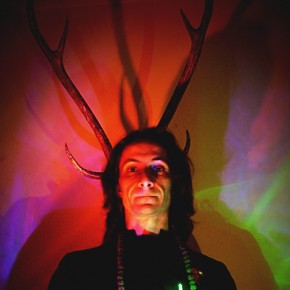 Julian Vayne is an occultist and the author of numerous books, essays, journals and articles in both the academic and esoteric press. While his name is closely associated with chaos magic Julian is also an initiated Wiccan, member of the Kaula Nath lineage and Master Mason. Over the past 30 plus years he has participated in group ceremony with a variety of druids, shamans and others as well as sharing his own practice through public workshops, retreats and networks of practitioners including The Illuminates of Thanateros. He is a leading contributor to theblogofbaphomet.com and co-director of The Psychedelic Museum at psychedelicmuseum.net.
Julian Vayne is an occultist and the author of numerous books, essays, journals and articles in both the academic and esoteric press. While his name is closely associated with chaos magic Julian is also an initiated Wiccan, member of the Kaula Nath lineage and Master Mason. Over the past 30 plus years he has participated in group ceremony with a variety of druids, shamans and others as well as sharing his own practice through public workshops, retreats and networks of practitioners including The Illuminates of Thanateros. He is a leading contributor to theblogofbaphomet.com and co-director of The Psychedelic Museum at psychedelicmuseum.net.
Liked this post? Subscribe to my RSS feed to get much more!

